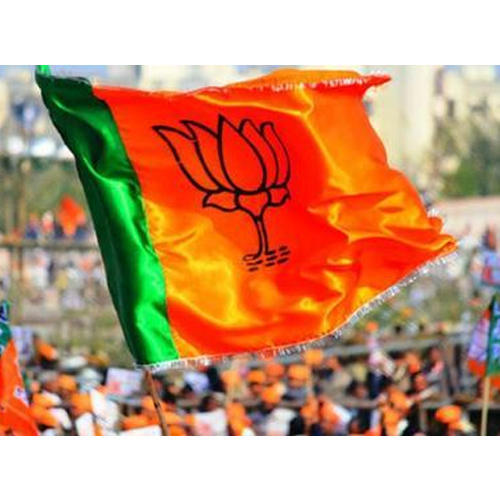Out of the total stipulated 11-member parliamentary board, four seats are vacant.
New Delhi: The BJP’s Parliamentary Board, the highest body of the organization and the Central Election Committee (CEC), the second highest body, both of which have been functioning without full strength for a long time now, are going to see the induction of new members to fill in the vacancies. As of today, out of the total stipulated 11-member parliamentary board, four seats are vacant. Similarly, in the 19 members CEC, that includes the 11 members of the parliamentary board plus eight other members, nine seats are vacant (four of which belong to members of the parliamentary board plus five others which are not a part of the board).
The only three non-parliamentary board leaders who are a part of the CEC as of today are Jual Oram, Shahnawaz Hussain and Vanathi Srinivasan. In all, Prime Minister Narendra Modi, Home Minister Amit Shah, Party President Jagat Prakash Nadda and organizational secretary, B.L. Santosh (who is a member of the board due to his position as organizational secretary)—the four men who decide the role of leaders in the party—have to select nine leaders (four for Parliamentary board, five for the CEC) from the party rank and file who will become a part of the Parliamentary Board and the CEC. As per Article XXV of the party’s constitution, the Parliamentary Board can have 11 members including the party president. The CEC, similarly, as per Article XXVI of the party’s constitution, shall have 8 members plus the 11 members of the Parliamentary board. The National President of Mahila Morcha is the ex-officio member of the CEC. Post the July 2021 cabinet reshuffle, the board has been functioning with seven members. The vacancies have been created due to the passing away of Arun Jaitley (August 2019), Sushma Swaraj (August 2019), Ananth Kumar (November 2018), elevation of M. Venkaiah Naidu to the post of Vice President of India (August 2017) and the appointment of Thawarchand Gehlot as the Governor of Karnataka (July 2021).
The last induction of any leader into the board had happened way back in August 2014 when Madhya Pradesh Chief Minister Shivraj Singh Chouhan and J.P. Nadda, who was a general secretary then, were made members when Shah was the party president.
Chouhan had joined the board 15 months after Modi. Modi was the Chief Minister of Gujarat then, and was inducted into the board in March 2013 by then party president Rajnath Singh.
Chouhan’s elevation had taken place even as other of his contemporaries, including Chhattisgarh CM Raman Singh and Rajasthan CM Vasundhara Raje, were said to be in a better position to join their colleagues at the parliamentary board table. Incidentally, Chouhan’s induction had coincided with the dropping of three BJP’s stalwart from the Parliamentary Board—Atal Behari Vajpayee, M.M. Joshi, and L.K. Advani, considered Chouhan’s political guru and someone who had unsuccessfully tried to make Chouhan a member of the board in March 2013 in place of Narendra Modi.
After Chouhan’s and Nadda’s induction, that Parliamentary Board, apart from Modi and Shah, had Rajnath Singh, Arun Jaitley, Sushma Swaraj, M. Venkaiah Naidu, Nitin Gadkari, Ananth Kumar, Thawarchand Gehlot and Ram Lal as its members. Of these, Modi, Shah, Rajnath, Nadda, Gadkari and Chouhan remain. Ram Lal, the RSS pointsman in the Parliamentary board, was replaced by B.L. Santosh in July 2019. Apart from Uttar Pradesh Chief Minister Adityanath, supporters of Union ministers Bhupender Yadav, Dharmendra Pradhan, Nirmala Sitharaman, Smriti Irani and Assam CM Himanta Biswa Sarma are expecting the induction of their leaders into the parliamentary board. The BJP’s constitution has not stipulated the presence of a woman as a compulsory member of the board.
The induction of Adityanath into the highest body is likely to increase the competition—something that was described as “desirable” and “healthy for the party” by a senior party leader to The Sunday Guardian—between Adityanath and the 63-year-old Chouhan. Chouhan’s recent focus on using bulldozers to raze buildings belonging to alleged criminals is seen as an exercise undertaken by him to present himself as a “strong’ leader and something that has been inspired by similar acts that were sanctioned by Adityanath during his first tenure as the CM of Uttar Pradesh.

